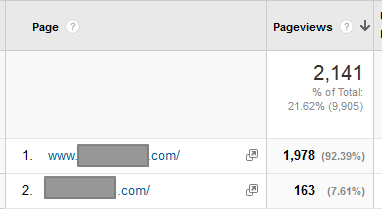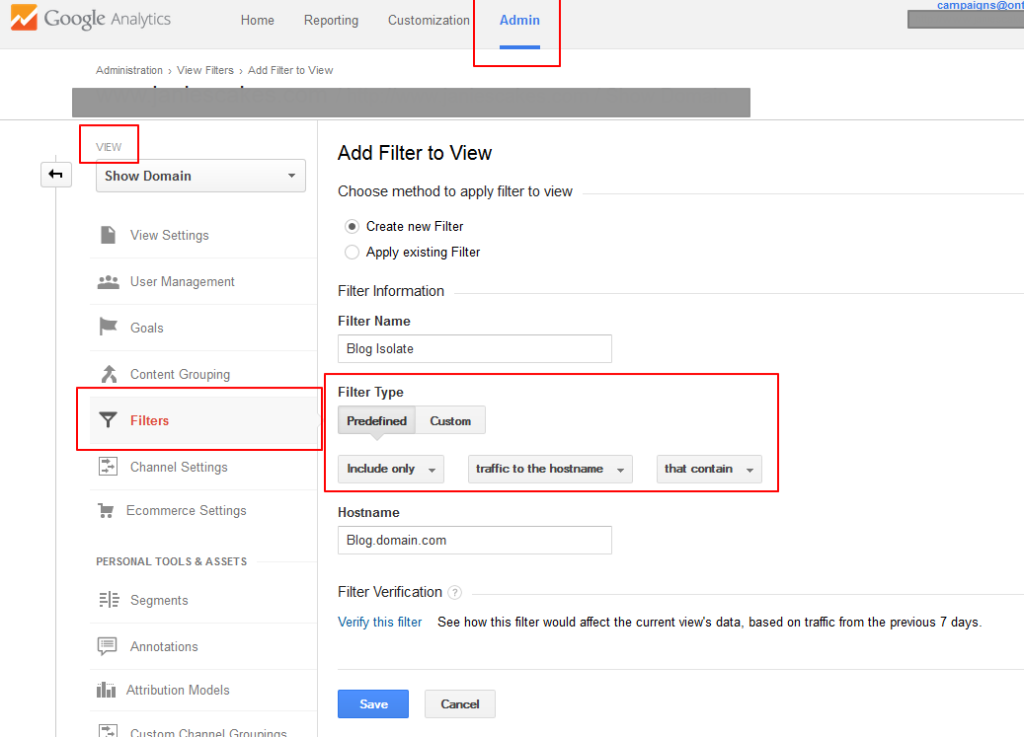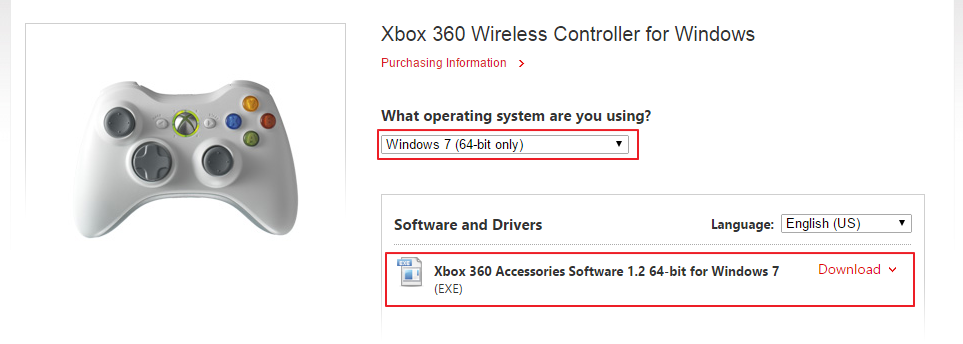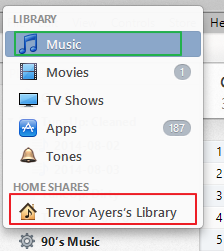Effective October 14, 2014 Google Analytics started providing Webmasters with the Redundant Hostnames, Property http://www.domain.com is receiving data from redundant hostnames:
The good news is that there is a quick fix to the redundant hostnames notification in Google Analytics. The better news is that the fix to the redundant hostnames will help your site perform in automated, bot, reviews including those of Google when determining your organic rankings.
Why Did I Receive the Redundant Hostnames Notification in Google Analytics?
The redundant hostnames notification in Google Analytics will appear when two or more variations of your website pages are returning in Google Analytics. Typically, this is triggered by the use of subdomains (usually www), or your IP address if you’re experiencing DNS issues or traffic hits the IP somehow.
The bottom line is that search engines and Google Analytics do not handle subdomains in a 2014 manner. By default, the below URLs will look the same even though they are indeed different:
www.domain.com
blog.domain.com
anysubdomain.domain.com
domain.com
All will register as “/” which is your homepage. Hence the redundant hostname notification! The inability of Google Analytics to parse these out is put on display when you add the show domain filter I show you in my basics of Google Analytics post:
How to Fix the the Redundant Hostnames Notification in Google Analytics
Force www. or Non-www version of the URL
If you’re doing this already, move along. If your domain renders with both www.yourdomain.com and yourdomain.com then you need to force one and eliminate the redundant hostnames. I recommend checking out my walk-through for accomplishing this on Apache servers here. If you’re on a Windows IIS server you can use the URL rewrite module.
If you accomplish this you’re done. The redundant hostnames notification in Google Analytics will go away.
It may be wise to double-check your default URL to make sure your subdomain aligns with the one you’re forcing.
Admin > Property Settings > Default URL
In scenarios of multiple, wanted subdomains see below.
In Case of Useful Subdomains Adjust Filters:
Don’t do this. Okay, do, IF you have a blogs.domain.com or some other useful sudomain you want to break out, but do not filter out non-www or www traffic just to get rid of this notification.
If you think the redundant hostnames notification is triggering because of multiple subdomains that have some use then isolate each. Log into your account and make sure you’re using a view you want to filter:
Admin > flter > + new filter > Predifined > Include Only > Traffic to the hostname > that contain
Then enter your approved subdomain plus your domain and top-level domain:
If your issue is rooted in the site returning with www.domain.com and domain.com then the above is useless.
If you use the above to isolate the useful subdomains and remove the annoying redundant hostnames Google Analytics notification then make sure to isolate your regular domain in a view or have an unfiltered view to make sure you don’t eliminate all non-subdomain traffic.
You can add host designation to your robots.txt file and a number of other useless workarounds, but if you can’t force the www or non-www then I would recommend just living with the redundant hostnames Google Analytics notification as it won’t harm anything in this scenario. You know why the warning is there, so either force the www or non-www with a 301 redirect or try to ease the OCD; this redundant hostnames notification in Google Analytics won’t harm your data.
Once addressed, your redundant hostnames alert will be archived and labeled as resolved.

















Hey this is presented clearly. Thanks.
May I ask a related question?
A client used to have a site where the home page was example.com
We switched to Squarespace, which always shows the home page as http://www.example.com
Now we’ve started getting the redundant hostnames warning message.
Do you think I should just leave this alone?
There’s no way to make a change in the Squarespace platform. They 301 everything to the www URL.
And there’s no way to change the past, where the prior WordPress site always used the non-www version.
What do you think?
Thanks!
This error won’t be for legacy handling. Without much context, I would guess that during the migration, depending on how recent, the IP received traffic, which logged to your Analytics. This would be a redundant hostname. I would wait for the warning to go away.
You can always make sure you have the right hostname through the Squarespace CMS by plugging in your IP into your browser and a) seeing if the homepage returns b) see if your navigation returns you to your domain or lets you browse on the IP.
Thanks Trevor.
I am getting this error for my site http://www.gadgetgsupersite.com Can you help please?
Yes. Have you ensured your domain returns with one variant? Specifically www and non www?
Well, the site appears to be down since your comment, so I cannot review.
I have been facing such type of issues since 1 month.. Please help me and if you need more info from my side, please let me know
The domain would help. However, if you can’t provide that, does your website redirect to either the non-www or the www variant? This mostly happens when Analytics sees http://www.example.com and example.com receiving traffic.
Hello Trevor,
I shifted my old website URL to my new URL http://www.focusandleap.com
I have also added and set the preferred version of my site in webmaster tools as www, is this related to analytics in any manner?
Would love to hear your opinion over this.
Thank you
You’re good. The non-www 301 redirects to the www subdomain. You can verify both variants in Webmaster tools, but you’ll want to link the correct one, www, to your Google Analytics account.
Hi, a client of mine, is getting this notification on his blog, and he wants to get it fixed, I have never heard of it until now,so i just want to know when you say force http://www.mydomian .com to mydomain. Com, are this supposed to be done on the cpanel or on WordPress dashboard.
There are several ways to go about this. If you’re on an Apache server you may find the easiest is to do this via your file editor in cPanel or FTP and edit your .htaccess file: https://htaccessbook.com/htaccess-redirect-https-www/